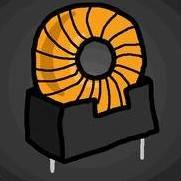Need help with picking parts for arduino project
-
Featured Topics
-
Topics
-
1
-
rickymohk ·
Posted in General Discussion0 -
Rbakker02 ·
Posted in General Discussion0 -
BaidDSB ·
Posted in General Discussion4 -
1
-
Mistr J ·
Posted in Troubleshooting3 -
2
-
4
-
2
-
coolbean28 ·
Posted in Graphics Cards8
-



















Create an account or sign in to comment
You need to be a member in order to leave a comment
Create an account
Sign up for a new account in our community. It's easy!
Register a new accountSign in
Already have an account? Sign in here.
Sign In Now